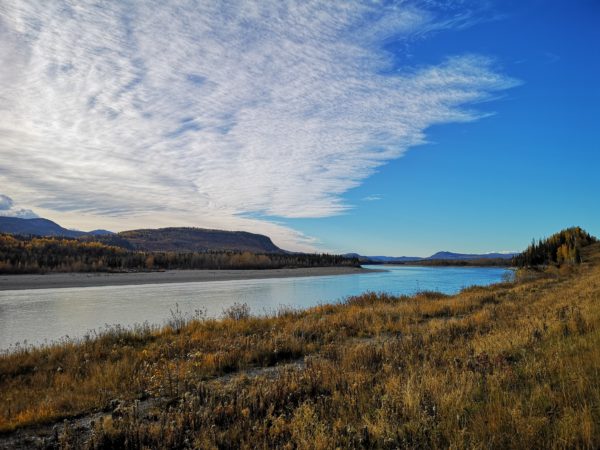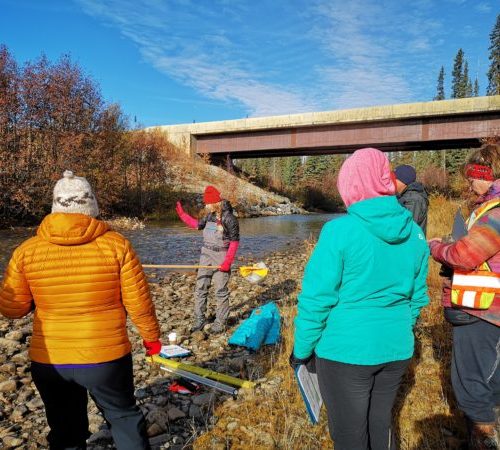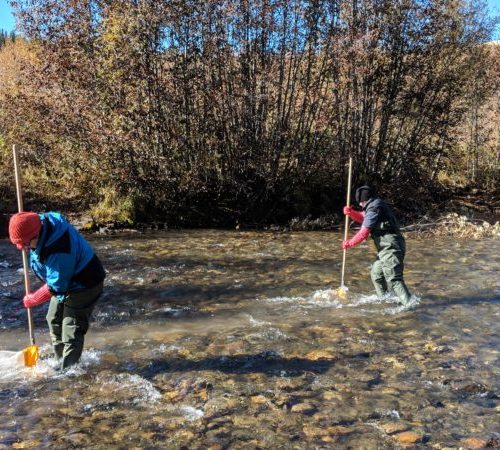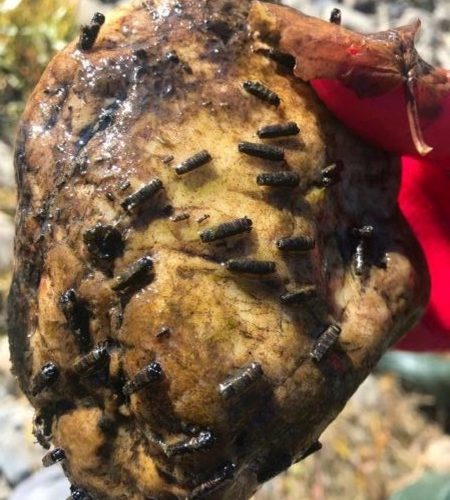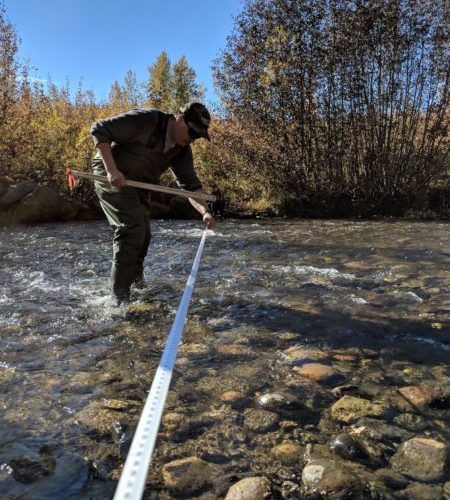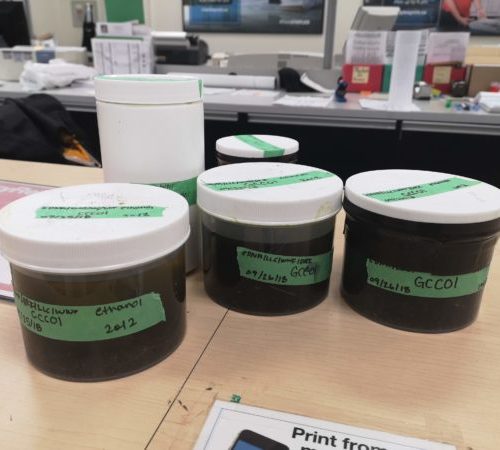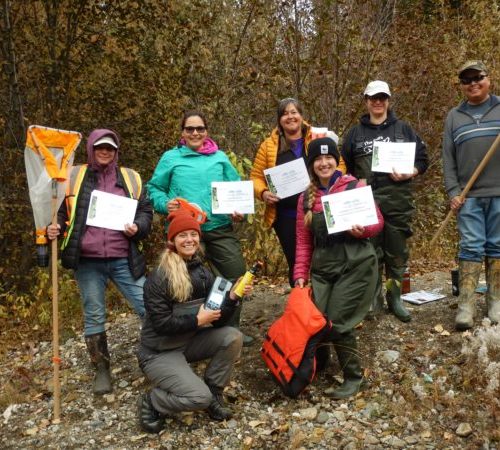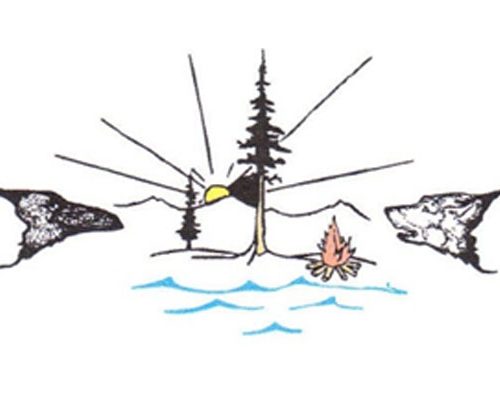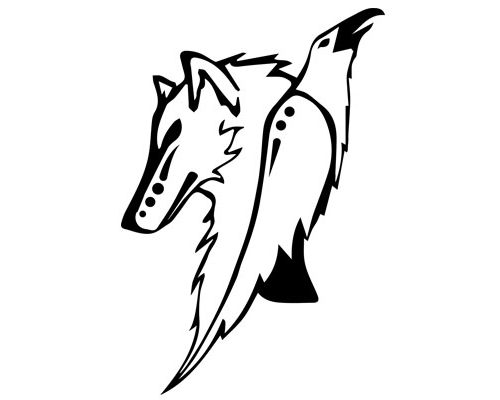WWF-Canada Blog: Arctic
November 2, 2018 | Heather Crochetiere
The Liard River is one of Canada’s longest wild rivers, free flowing from headwaters in Yukon Territory through northern British Columbia all the way to its mouth at the Mackenzie River in the Northwest Territories. It is home to Indigenous communities as well as grizzly bears, bull trout and woodland boreal caribou.
Despite its importance to people and wildlife, there’s so much we don’t know about this river – from the quality of the water to how fish and bugs (benthic invertebrates) are faring. And not knowing means it’s hard to make the best land-use decisions in the watershed.
To fill these gaps, the Dane Nan Yḗ Dāh Guardians of the Daylu Dena Council and Dease River First Nation, Living Lakes Canada and WWF-Canada worked together this fall to start a water monitoring program for the Guardian’s stewardship program. This involved identifying new monitoring spots and training in Environment Canada’s CABIN protocol, a standardized monitoring technique.
A good monitoring spot is one that is wadeable (not above the knee) with flowing water. We chose sites that aligned both with community interests and with national monitoring needs.
Raegan Mallinson from Living Lakes Canada explained how to take a proper bug sample. We looked at which species were present, and which species were not, to determine if the river is healthy.
Vanessa Law and Heather Crochetiere put the bug collection techniques to the test. To get a good sample, you twist and stomp your feet to send the sediment into the net.
Some species, like the caddisflies seen here, are sensitive to poor water quality. When you find them in a river, it’s usually a good sign that the river is in good condition. (We found a lot of caddisflies in the Liard River watershed!)
The CABIN protocol involves taking measurements of the site, including water quality, depth, velocity and rock size. Here Guardian James Malone takes measurements.
One of the reasons so many areas are data-deficient for benthic invertebrates in Canada is that samples are expensive and time-consuming to analyze. A taxonomist must go through and identify each bug in the sample – and there can be a lot. That’s why we’re sending the samples we collected to a lab at the University of Guelph for analysis using eDNA technology. Researchers extract all the DNA from the sample and can tell us quickly and easily which species are there. This faster and simpler method allows for better decision-making in the watershed.
With CABIN certification in hand, local Guardians are equipped to build their own benthic monitoring program based on community priorities and needs, with standardized results that can then be compared with other monitoring sites in the watershed.
“The whole purpose of the Dane Nan Yḗ Dāh program is to monitor what’s going on in our traditional territory,” said Corrine Porter, executive director of the Dena Kayeh Institute, which manages the program. “Being certified on the CABIN protocol will allow us to contribute valuable data for the management of our water.”
Partnerships like these are essential as we work to create a national citizen-science program for benthic macroinvertebrates that will inform national conservation decisions. To learn about your watershed, go to watershedreports.wwf.ca.
WWF-Canada tags: Arctic, Community, community-based water monitoring, Ecosystems, eDNA, Freshwater, WWF

